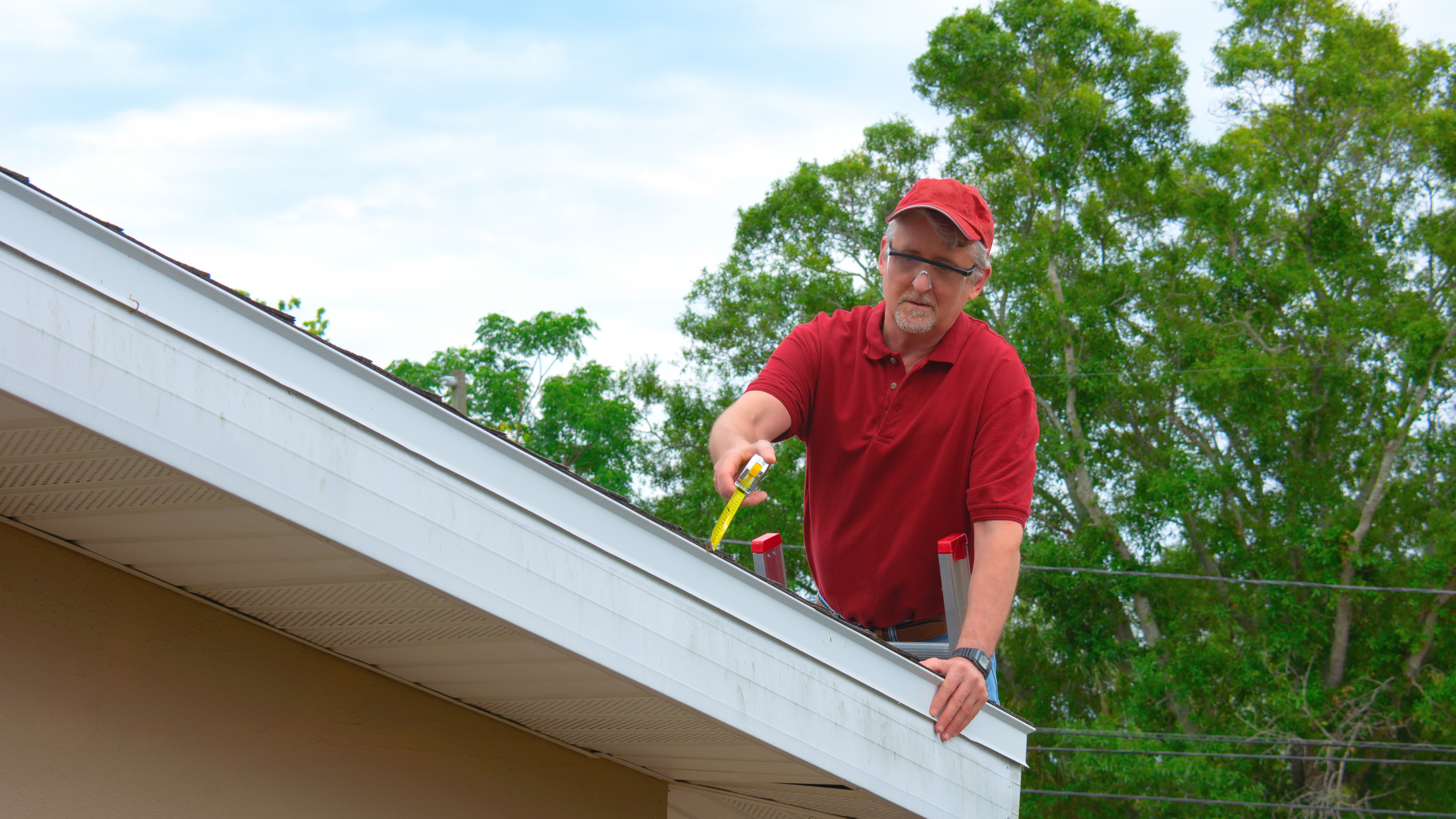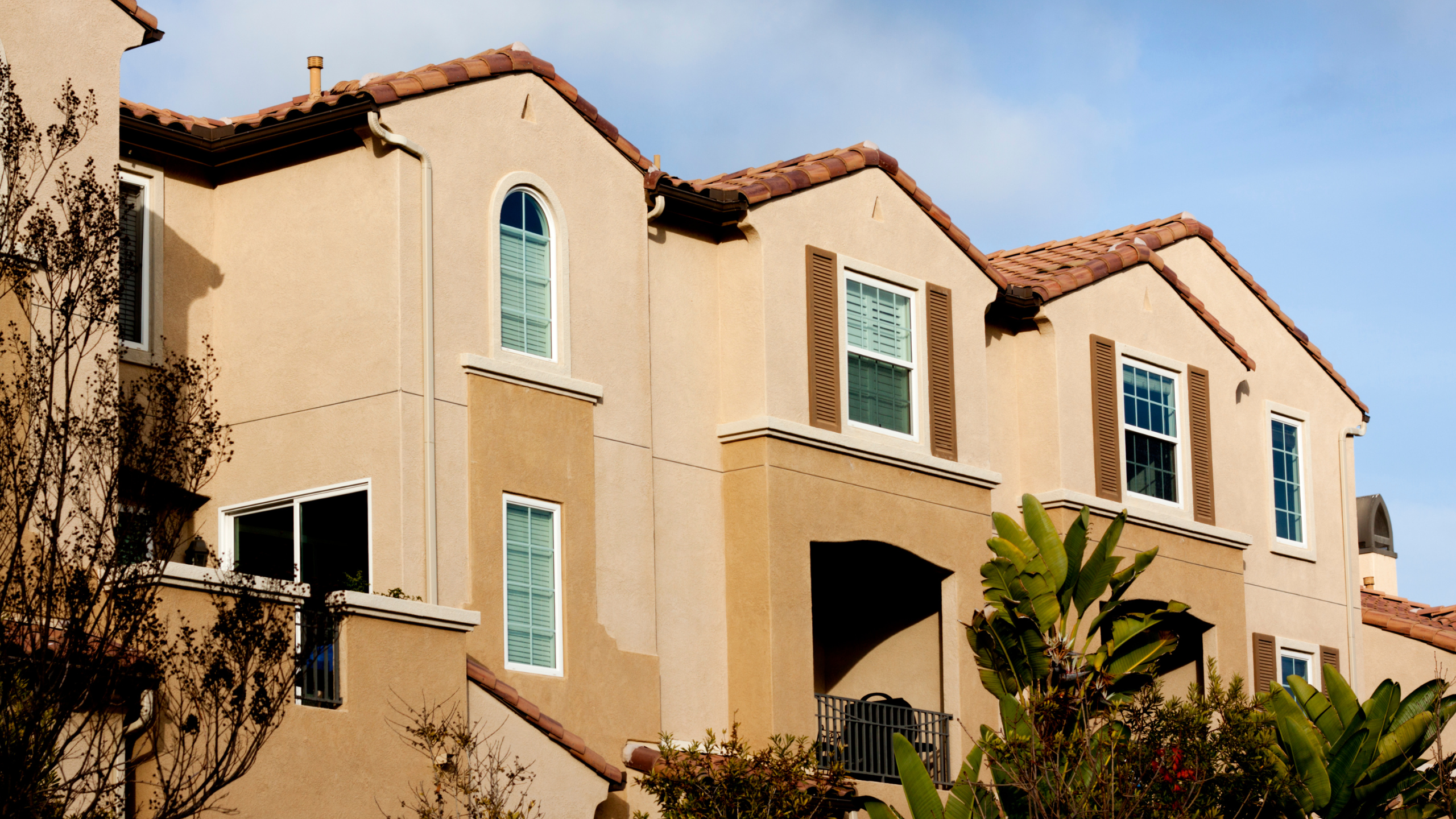Roof maintenance is usually missing from the list of things to do in the spring, yard work, and spring cleaning. However, as winter draws to a close, your roof should be at the top of your list of home maintenance concerns.
Winter weather may inflict extensive damage to your roof, and severe damage may jeopardize structural integrity. If you want your roof to last the winter, you must take care of it afterward.
Here are seven roof care ideas to help you survive the winter and prepare your roof for spring.
1. Have Your Roof Evaluated
The first thing you should do after winter has a professional roofer inspect your roof for damage. While you can inspect your roof, it may have subtle deterioration symptoms that an inexperienced eye may miss. Furthermore, rooftops are damp and slick after the winter, making climbing on the roof perilous.
To be safe, have someone with expertise evaluate your roof and make a list of all the repairs that are required.
2. Check for Interior Signs of Water Damage
Water damage to your roof might be difficult to see from the outside. However, water damage to your interiors may be visible. Examine the ceiling for water spots. These might look as brown rings. Look for bubbling or flaking paint on your walls as well.
Make repairs as soon as you see any evidence of water damage.
3. Clean Your Gutters
Cleaning your gutters is vital for spring upkeep. During the winter, debris may have blocked your gutters, making them unable to discharge water. You want to avoid so much debris in your gutters in the spring.
During the spring rains, blocked gutters cause water to stand on your roof or overflow, causing structural damage to your property. To avoid future obstruction, you may wish to install a gutter guard.
4. Check for Mold and Algae
The dampness on your roof throughout the winter months offers an excellent setting for mold and algae development. Mold and algae may damage your roof and risk your health if not removed. Clean it off if you see mold or algae on your roof.
5. Trim Your Trees
During rainstorms, overhanging branches may break and fall on your roof and drop leaves and debris. If this occurs, your roof might experience significant damage. Furthermore, leaves that fall on your roof might collect moisture, which can damage your roof and promote mold development.
6. Replace or Repair Damaged Shingles
Damaged shingles may cause water leaks, and with the spring rains, you don’t want to be constantly wiping pools of water off your floor. Water leaks may also cause damage to other parts of your house, such as your ceiling, attic, and walls. Damaged shingles may also cause harm to your roof’s protective membrane, reducing its insulative capabilities.
To prevent the aforementioned issues, have your roofing professional repair or replace broken shingles before spring.
7. Examine Your Fascia Board and Flashing
The fascia is a wooden or metal board that runs along the bottom edges of your roof, hiding exposed trusses and rafters. Flashing, on the other hand, is a thin metal material that is used on roof connections such as those between the roof, chimneys, and roof valleys.
Because the flashing and fascia prevent water from entering your home via holes in the roof, they must be repaired immediately if they are damaged to prevent water leaks into your home.
Preventative roof care is essential for increasing the lifetime of your roof and preserving your house. CMB Stucco & EIFS Repair Edison will help you with post-winter repairs and maintenance to keep your roof in excellent condition as we approach spring.




